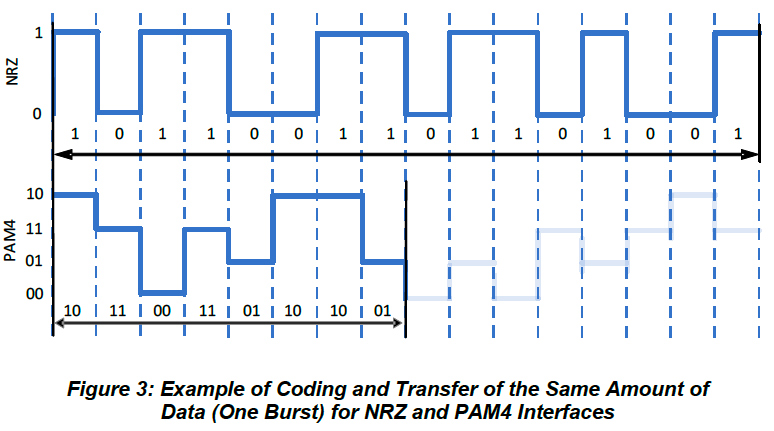Micron Produces GDDR6X Memory for Nvidia’s GeForce RTX 3080 and 3090 Graphics Cards
Micron is first to make GDDR6X DRAM for Nvidia’s latest GPUs
Micron this week announced that it had started volume production of GDDR6X memory for Nvidia’s GeForce RTX 3080 and GeForce RTX 3090 graphics cards. GDDR6X memory uses PAM4 multilevel signaling techniques to achieve an unprecedented 21 Gbps data rate per pin, as well as bandwidth of up to 84 GB/s per chip. At present, Micron is the only supplier of GDDR6X memory and will therefore enjoy its unique position for a while.
The GDDR6X SGRAM (synchronous graphics random access memory) standard is an evolutionary development of GDDR5 introduced in 2007 and GDDR6 launched in 2018. At a very high level, the evolution of the GDDR memory in general has been focused on increasing signaling rates as well as improving channel utilization rather than on boosting internal frequency of the memory cells. The key improvement of GDDR5X (when compared to GDDR5) was the introduction of 16n prefetch architecture that enables up to 512 bit (64 bytes) per array read or write access along with quad data rate (QDR) mode. GDDR6 introduced memory devices with two channels and even higher transfer rates to boost both peak and real-world performance of memory subsystems.
The key innovation of GDDR6X is four-level pulse amplitude modulation (PAM4) signaling that enables rather substantial rise of performance without increasing SGRAM’s power consumption. In fact, Micron says GDDR6X is more power efficient than GDDR6.
The GDDR6 memory (and prior generations) uses the binary non-return-to-zero (NRZ, or PAM2) signaling interface, but this scheme has its limitations when it comes to timings and power consumption. GDDR6X switches to a new scheme. PAM4 transmits two data bits per cycle using four signal levels and thus doubles the effective bandwidth for any operating frequency when compared to PAM2/NRZ. Moreover, the more complex signaling will enable further GDDR6X performance increase beyond 21 Gbps per pin, according to Micron. GDDR6X can also work in RDQS (strobe) mode at speeds of 3Gbps and below to cut power consumption. But everything comes at a cost.

Usage of PAM4 modulation changes the way how the whole memory subsystem works, which is why so far it has not been used for DRAM. Decoding four signal levels per cycle is considerably harder than decoding two signal levels, so Micron had increase complexity of its memory chips, whereas Nvidia had to design an all-new memory controller as well as brand-new PHY. Furthermore, it is evident that Nvidia’s GeForce RTX 3080 and 3090 graphics cards feature much more complex PCB designs (when compared to previous-generation video cards) to ensure strong and clean signals.
But usage of GDDR6X is more than rewarding. Nvidia’s GeForce RTX 3090 boasts a bandwidth of around 1 TB/s, up from 616 MB/s offered by the GeForce RTX 2080 Ti.
Micron’s GDDR6X product catalogue currently includes devices featuring an 8 Gb capacity and an x32 bus that are rated for 19 Gbps as well as 21 Gbps speed bins at 1.35 Volts. The company plans to add 16 Gb GDDR6X chips into its lineup sometimes in 2021, which will enable Micron’s partners to increase capacity of onboard memory on their graphics cards or use fewer memory devices.
Get Tom's Hardware's best news and in-depth reviews, straight to your inbox.
Micron’s GDDR6X memory chips are now available to makers of graphics cards and other interested parties.

Anton Shilov is a contributing writer at Tom’s Hardware. Over the past couple of decades, he has covered everything from CPUs and GPUs to supercomputers and from modern process technologies and latest fab tools to high-tech industry trends.
